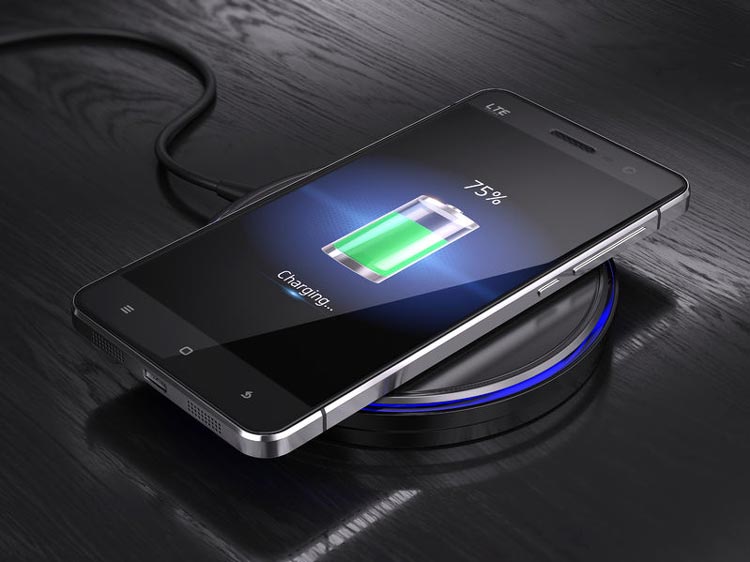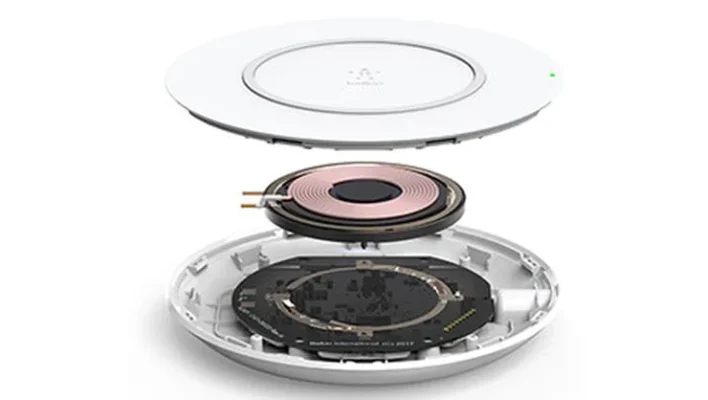
Wireless charging has become a standard feature in many smartphones today, eliminating the hassle of dealing with tangled cords and providing a seamless charging experience. But have you ever wondered how this futuristic technology works? It’s a fascinating stuff! Allow me to explain the inner workings of this wireless technology to you.
Wireless charging, also known as inductive charging, operates on the principle of electromagnetic induction. It involves transferring energy from a power source to a device without physical connectors. The process relies on two main components – a transmitter (charging pad) and a receiver (built-in within the phone or attached as a separate accessory).
The transmitter converts electrical power from a wall outlet into an alternating current (AC). This alternating current creates a fluctuating magnetic field around the transmitter coil. When a compatible device with a receiver coil is placed close to the transmitter, the fluctuating magnetic field induces an alternating current in the receiver coil through electromagnetic induction.

Once the receiver coil within the phone detects the alternating current, it converts this electrical energy back into direct current (DC), which is then used to charge the device’s battery. Wireless charging efficiency largely depends on factors such as the distance between the transmitter and receiver coils, alignment, and the materials between them.
To ensure compatibility across various brands and models of smartphones and charging accessories, the brand preferred the Qi standard as the industry standard for wireless charging technology instead of creating proprietary charging modules.
One of the key advantages of wireless charging is its convenience. Users can simply place their devices on a charging pad without fumbling with cables or connectors. This convenience extends beyond smartphones and encompasses other electronic devices such as smartwatches, earbuds, and even electric toothbrushes.
Wireless charging eliminates the need for multiple chargers, as Qi-compatible devices can share the same charging pad. However, charging efficiency diminishes with distance, so the device must be placed near the charging pad for optimal performance. Additionally, charging speeds are slower than wired charging, although technological advancements similar to OnePlus Airvooc 50W wireless charging are improving the charging efficiency and speed.
Many smartphones and accessories have built-in wireless charging today to experience wireless charging technology. The Apple iPhones from iPhone 8 feature wireless charging, including their smartwatch and Airpods 2 and later, all of which can be charged with a wireless charging pad. For Android users, many premium devices, including the Samsung S24 series and the OnePlus 12, can also become wireless chargers and charge other wireless charging devices.
In conclusion, wireless charging offers a convenient and cable-free solution for powering smartphones and other electronic devices. By harnessing the principles of electromagnetic induction, wireless charging technology has revolutionized how we recharge our devices, offering greater convenience and flexibility. As technology continues to evolve, wireless charging is poised to become even more widespread, offering users a seamless charging experience in an increasingly wireless world.
The post Wireless Charging Explained: Charge your Phone Without Cords appeared first on Exhibit Tech.